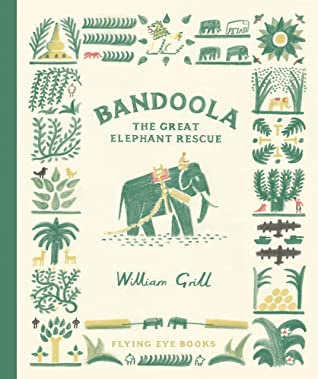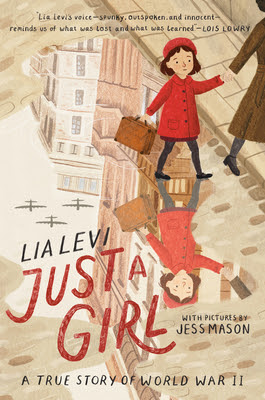I don't think that anyone expected World War I to be as far-reaching and as devastating as it was. Now, though, as it recedes into history, it becomes more and more important to understand how be began, how it expanded and what the cost was in terms of human life. You can read novels about the war, like the one I recently reviewed,
Lines of Courage by Jennifer A. Nielsen, but no matter how good they are, they can only provide a limited idea of what WWI was like. And that is true for nonfiction works about this war, or any war, for that matter. What sets this new work from Nomad Press apart from so many other books about WWI for young people is the stress on using primary sources. In her introduction, Knutson talks about their importance and how primary sources used in this book can be accessed using the provided QR codes found throughout the book, or, if you don't have a smartphone, the links to websites where the information comes from.
To understand just how the world ended up in a war that began on 28 September 1914 and was supposed to end by Christmas, Knutson takes the reader back to the globalizing world of the 19th century in Chapter One, Alliances Between Nations. She shows that some of the factors that led to WWI in the late 1800s were the unification of Germany, making it a stronger, more powerful country; new and better advanced military technologies and the itch to test them out; disenfranchised groups, such as workers and women, organizing, making them a strong enough force to throw the balance of power off in many countries; the rise of nationalist groups; and the economics of the Industrial Revolution that helped the rich grow richer, and the poor remain poor.
Chapter Two, The Dominoes Fall, looks at impact the 1914 assassination of Archduke Franz Ferdinand and his wife in Sarajo by a Bosnian Serb political activist had on the already strained relationship between the Austrian-Hungarian Empire and Serbia. Feeling that Serbia needed to be put in its place, Franz Joseph, the reigning monarch of Austria-Hungary, issued an ultimatum to Serbia - aside from taking responsibility for its terrorist activity and issuing an apology, Serbia would agree to be annexed by Austria-Hungary. The ultimatum already had the support of Germany, and both empires knew that Britain, France and Russia would never support it. And they were right - Knutson shows quite clearly how quickly Europe mobilized and sides were taken.
In Chapter Three, All's Not Quiet on the Western Front, Knutson explores the war beginning with the invasion of Belgium by Germany's powerful military with the intention of using Belgium as a way in to conquer France. The fighting was brutal and bloody, even with the help of the British. Soldiers dug deep trenches across No Man's Land from each other, and though the war didn't end by Christmas, it was the year of the famous Christmas Truce.
Chapter Four, Old Strategies, New Tech, Knutson shows that despite all kinds of new weapons, that from 1915 to 1917, neither side on the Western Front made any real advances since both sides had these new, powerful weapons. It was a war the introduced air power, U-boats, and tanks, but also a poison gas that not only destroyed the enemy, but settled in the land and water making them lethal. Gas masks were developed for protection but the gas lingered in the air. Armored vehicles, or tanks, were also developed to enable crossing No Man's Land areas. And U-boats were used for torpedoing ships carrying supplies.
While the war raged on the Western Front, Chapter Five looks at The Eastern Front and Revolution in Russia. Russia may have been part of the Allied forces, but as Knutson shows, they left a trail of starvation, death and destruction as they advanced. Russian troops were particularly brutal towards Jewish residents wherever they went, believing that Jews were "to blame for the wrongs of the world." (pg. 79) Additionally, the Ottoman Empire, which had never trusted Armenian Christians, claimed they were to blame for losses during the winter of 1914-1915. Arrests and executions of intellectuals and community leaders began, and later women, children and the elderly were forced to relocate in the Syrian desert, resulting in the deaths of thousands. Then, Knutson describes how, in 1917, Russian revolutionaries fed up with the Tsar and the war began protesting aided by former soldiers who were now police officers. Once the Tsar's rule was toppled, a provisional government was set up, led by Vladimir Lenin, and the Bolshevik revolutionaries refused to continue taking part in the war.
Chapter Six, Neutral No Longer, looks at the United States participation in WWI. Up until 1917, the US had remained neutral, though they did send supplies to the Allied countries. What happened that cause America to finally enter the war? According to Knutson, the US had a policy of staying out of European politics since George Washington's farewell address. Because of that, it didn't maintain a strong military and was not prepared for war. But in 1915, a German U-boat torpedoed and sunk the passenger ship the RMS Lusitania, and by 1917, Germany let the world know that from now on merchant and passenger vessels were fair game. This was followed by the Zimmermann telegram, sent from Germany to Mexico and promising that if the US entered the war, and Mexico sided with Germany, they would help Mexico recover lost territory in Texas, New Mexico and Arizona. Now, many Americans wanted the US to enter the war, but as it shown, not all of them.
Chapter Seven, A Fragile Peace, focuses on how peace was finally brokered and what that meant after everyone stopped fighting. An accounting shows that the number of human lives lost because of this war was staggering and not always on the battlefield. But, as is also shown, the war changed "the economic and social character of the world." (pg 115) The dollar became the new global currency, women received the vote, but African American soldiers were welcomed home with increased violence from whites who were afraid they would claim rights and take jobs away. And sadly, peace wasn't to last before the world found itself at war again.
Overall, Knutson has shown how World War I had a far reaching impact of the world in general and individuals on every continent in ways that make this complicated war really understandable for young scholars.
Like the previous books in this Inquire & Investigate series, this is an interactive text that invites readers to dig deeper into each aspect covered to really understand what the war was like for those who experienced it. Along with photographs and maps, each chapter has sidebars with additional information and vocabulary labs, key question, and prompts for more exploration. There are also pages with projects about different aspects of the war to inquire about and investigate:
In addition to the projects found within the chapters, the is a timeline and map in the front matter and an extensive Glossary, a list of Books and Websites for further exploration, a Selected Bibliography and a QR Code Glossary.
I can't recommend this book highly enough.

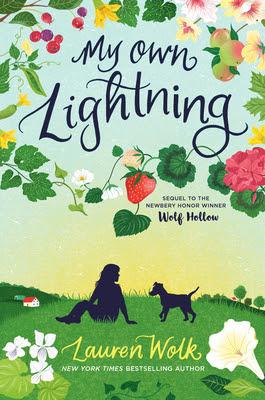


.jpg)






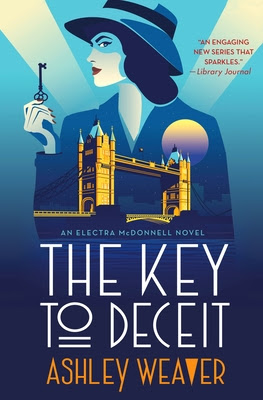
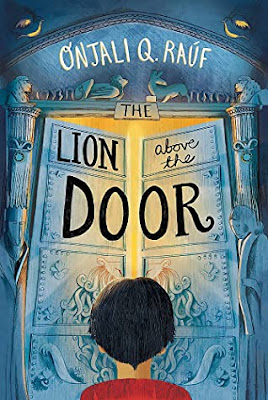
.jpg)

